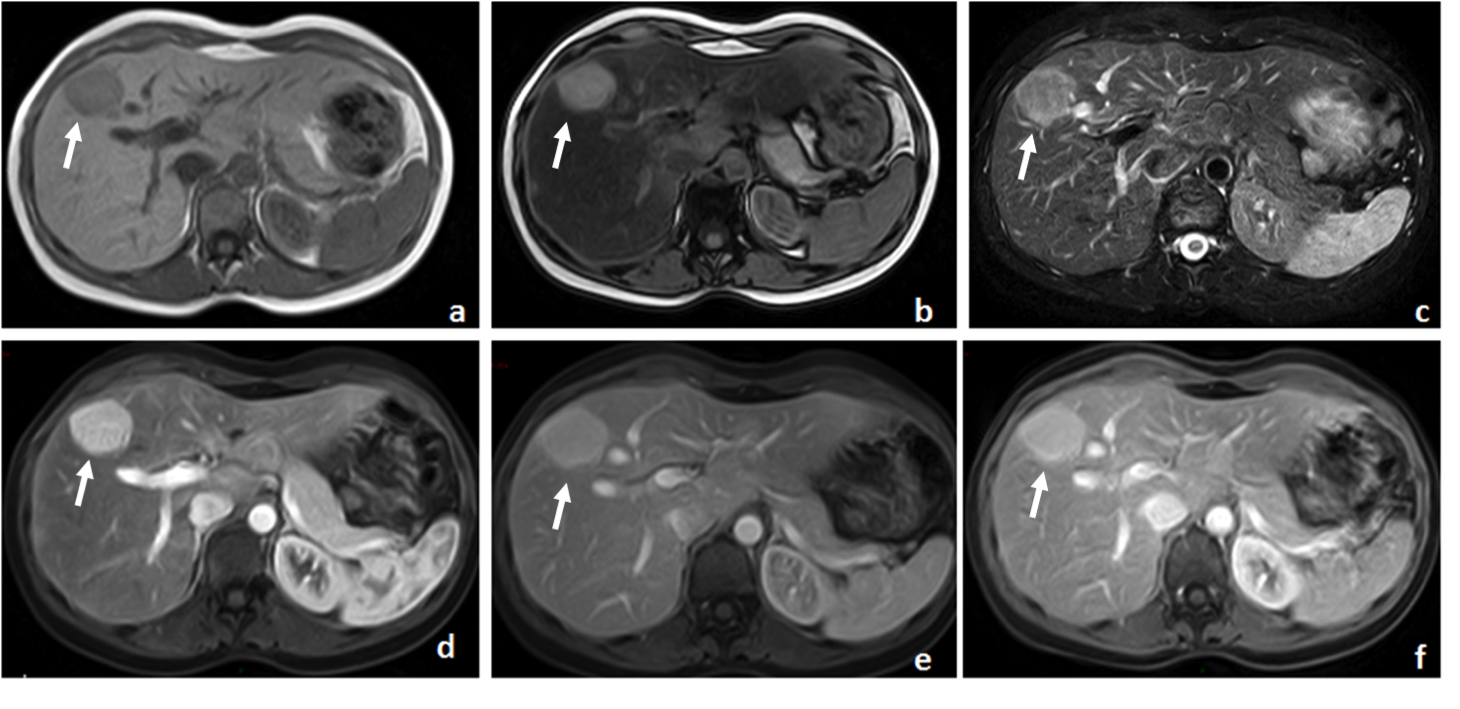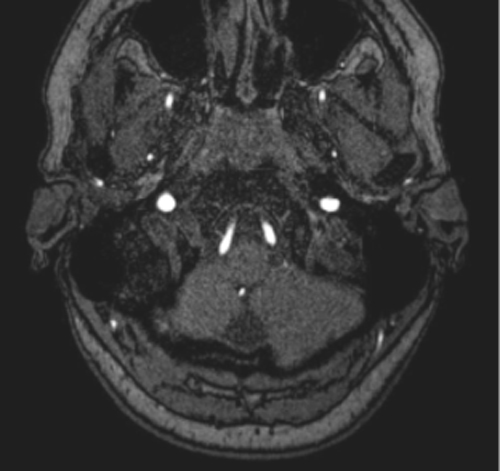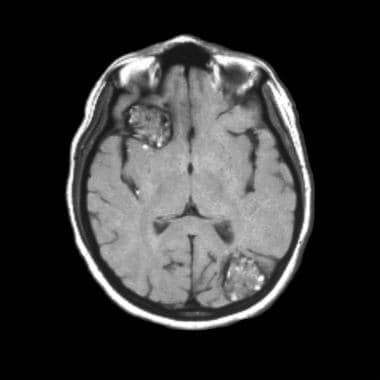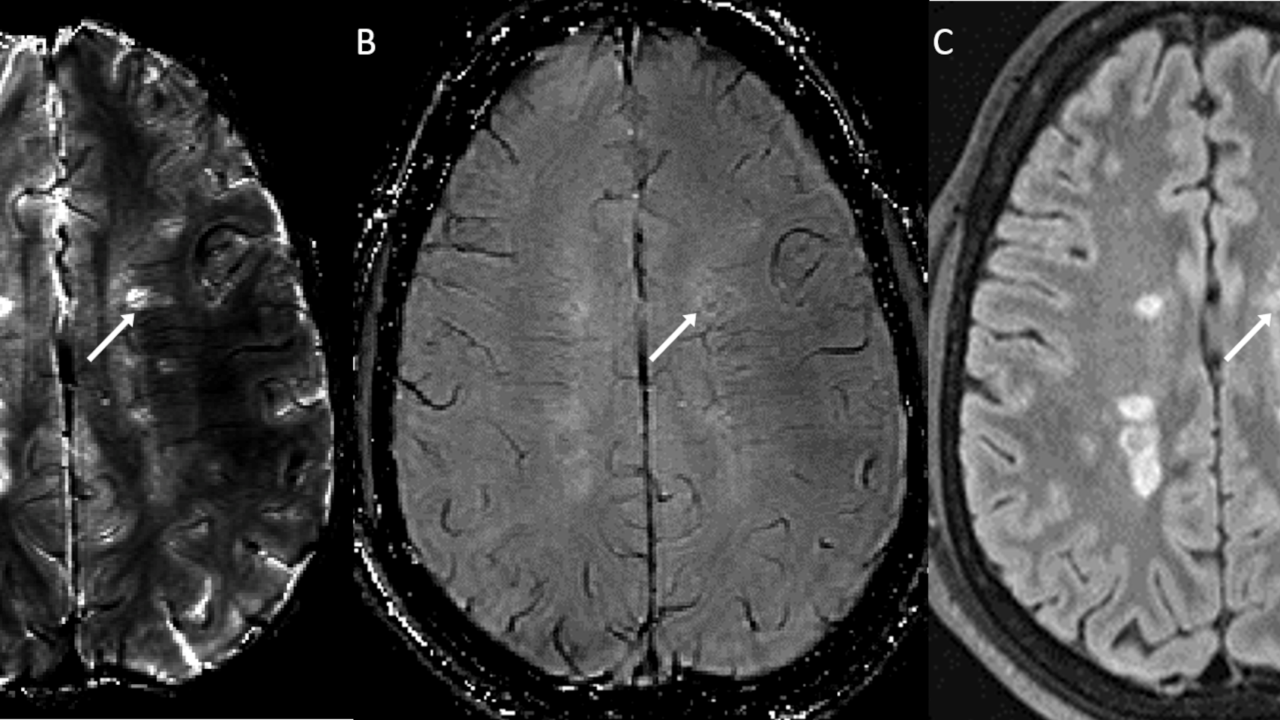
Can spontaneous spinal epidural haematoma be managed safely without operation? a report of four cases | Journal of Neurology, Neurosurgery & Psychiatry
3D-Fast Gray Matter Acquisition with Phase Sensitive Inversion Recovery Magnetic Resonance Imaging at 3 Tesla: Application for detection of spinal cord lesions in patients with multiple sclerosis | PLOS ONE

Fig 4. | Diffuse Axonal Injury Associated with Chronic Traumatic Brain Injury: Evidence from T2*-weighted Gradient-echo Imaging at 3 T | American Journal of Neuroradiology

Cerebral magnetic resonance imaging of coincidental infarction and small vessel disease in retinal artery occlusion | Scientific Reports

Hypointensities in the Brain on T2*-Weighted Gradient-Echo Magnetic Resonance Imaging - ScienceDirect

Evaluation of the 'ring sign' and the 'core sign' as a magnetic resonance imaging marker of disease activity and progression in clinically isolated syndrome and early multiple sclerosis - Nelly Blindenbacher, Eveline

MRI detection of hypointense brain lesions in patients with multiple sclerosis: T1 spin-echo vs. gradient-echo. | Semantic Scholar

fig 4. | Detection of Intracranial Hemorrhage: Comparison between Gradient- echo Images and b0 Images Obtained from Diffusion-weighted Echo-planar Sequences | American Journal of Neuroradiology

Spin-echo T1-weighted ( A ) and gradient-echo T2-weighted ( B ) axial... | Download Scientific Diagram
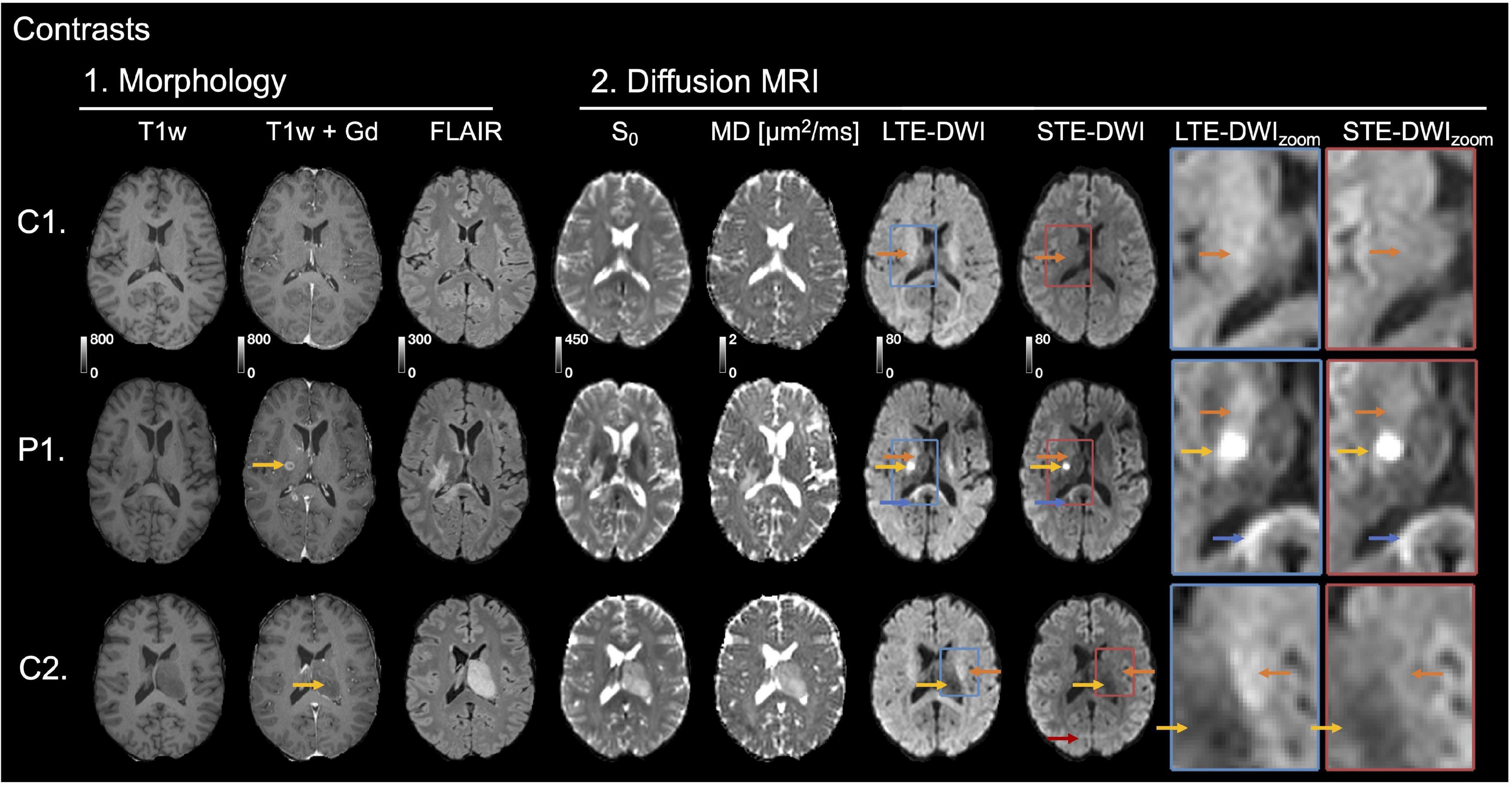
Frontiers | Separating Glioma Hyperintensities From White Matter by Diffusion-Weighted Imaging With Spherical Tensor Encoding

Gradient echo sequence demonstrating the small punctate hemorrhage as... | Download Scientific Diagram

30-year-old man with diffuse axonal injury. Axial gradient echo (GE)... | Download Scientific Diagram

Susceptibility-weighted Imaging: Technical Essentials and Clinical Neurologic Applications | Radiology
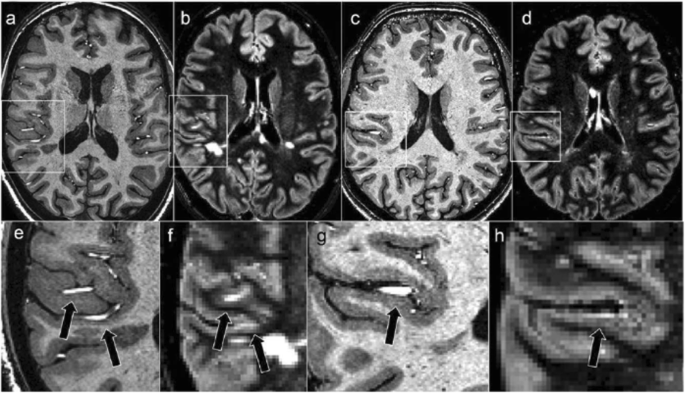
Ultra-high-field 7-T MRI in multiple sclerosis and other demyelinating diseases: from pathology to clinical practice | European Radiology Experimental | Full Text
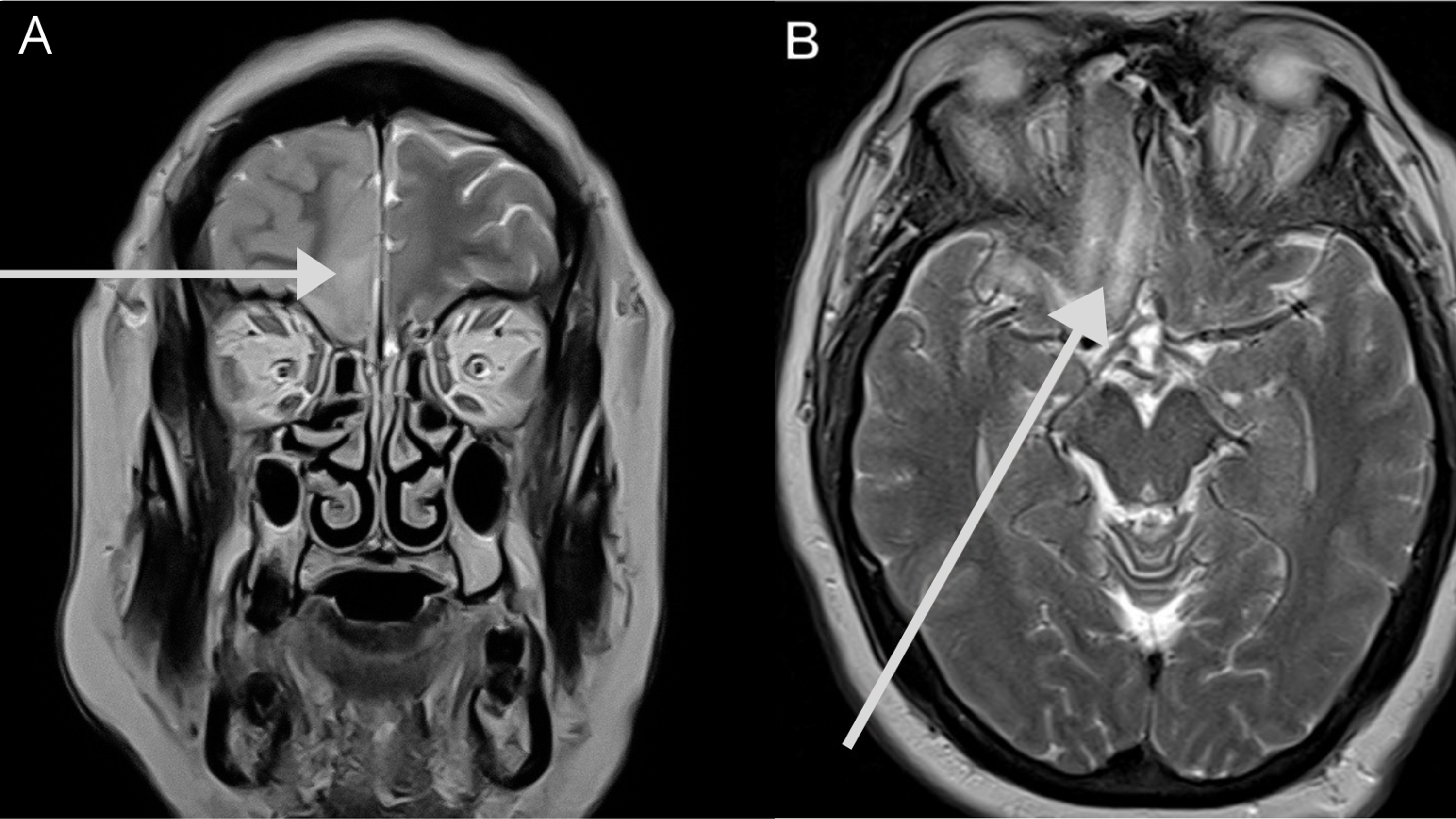
Cureus | Central Nervous System Injury in Patients With Severe Acute Respiratory Syndrome Coronavirus 2: MRI Findings | Article

Hypointensities in the Brain on T2*-Weighted Gradient-Echo Magnetic Resonance Imaging - ScienceDirect

